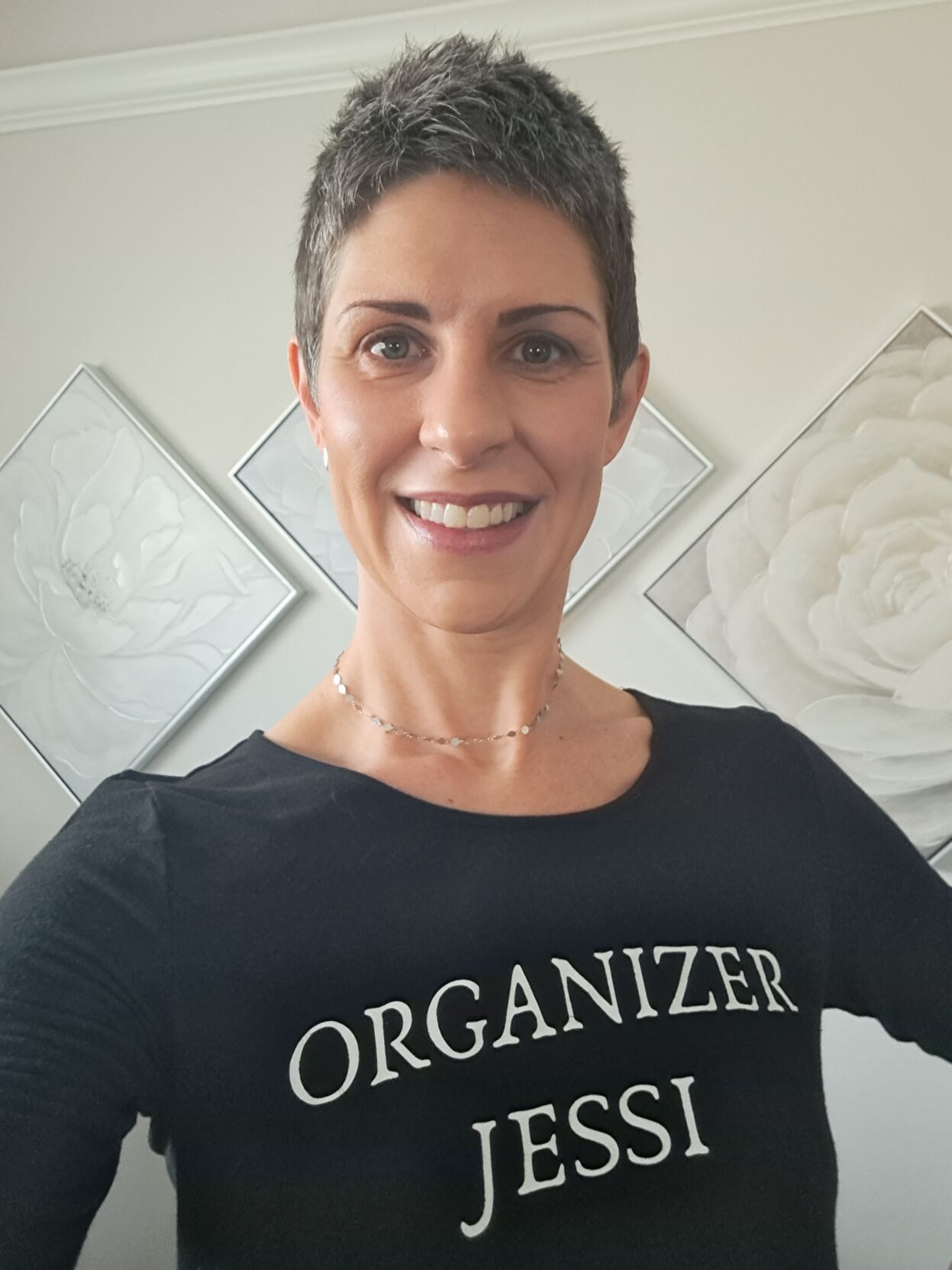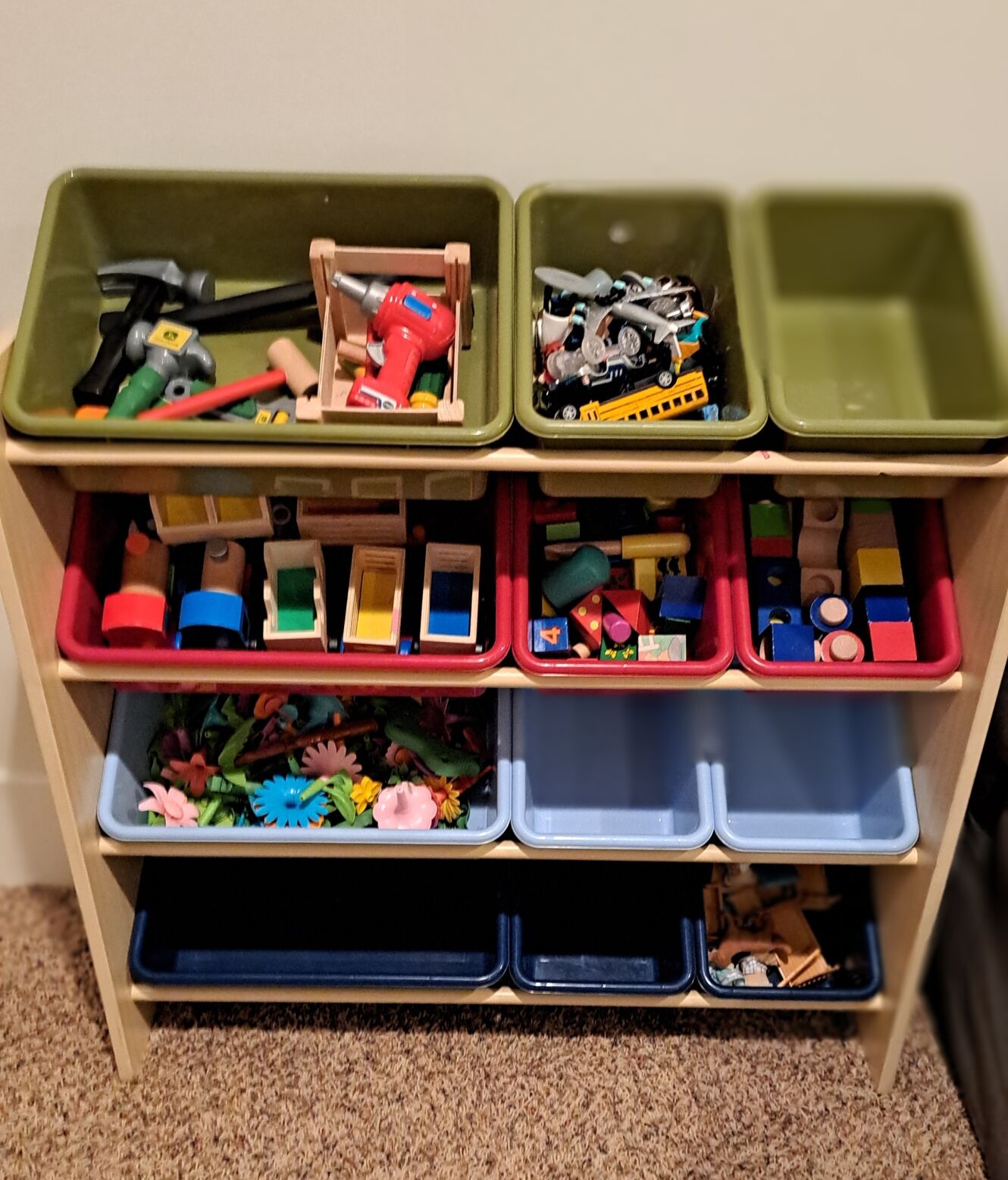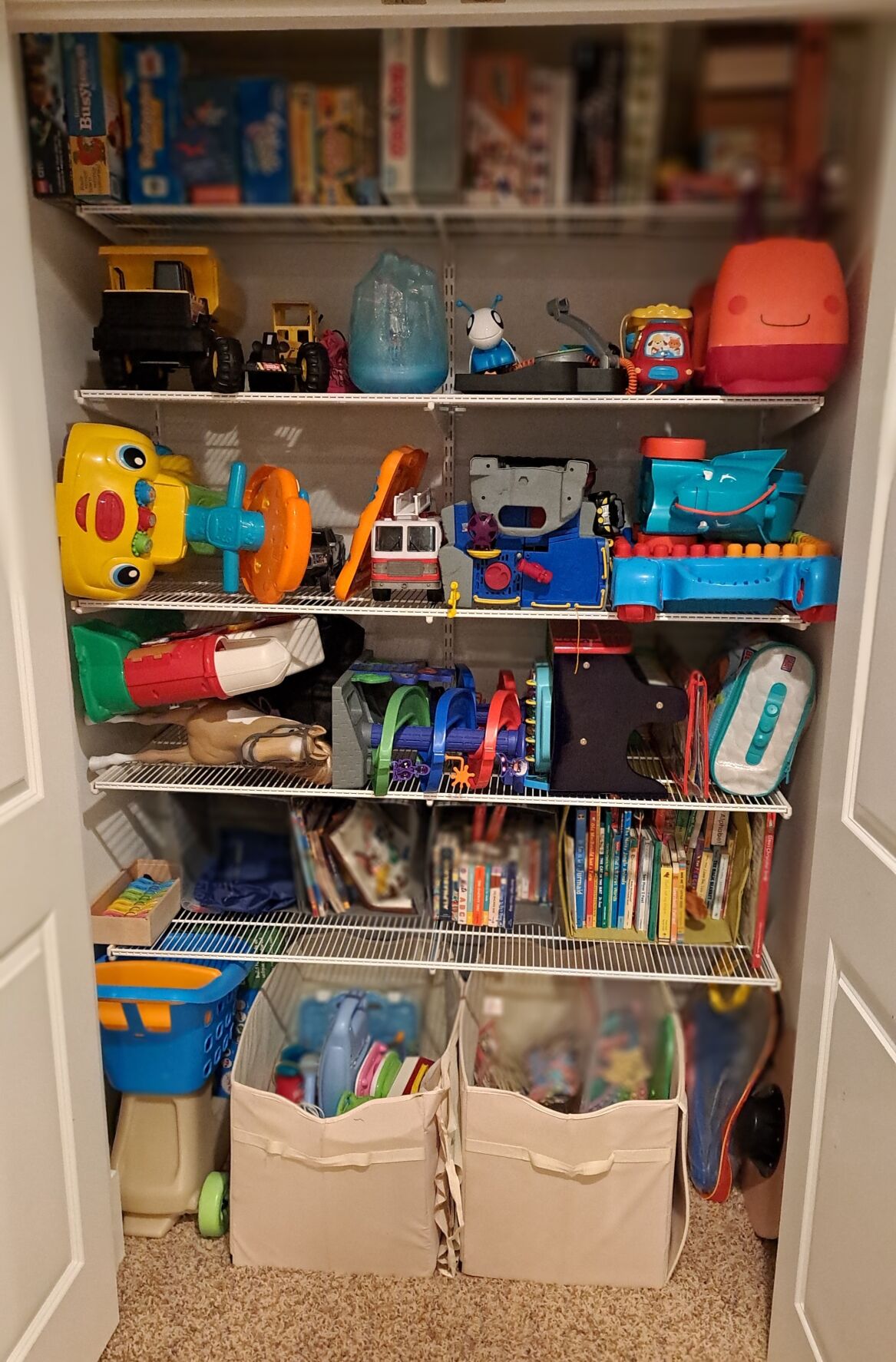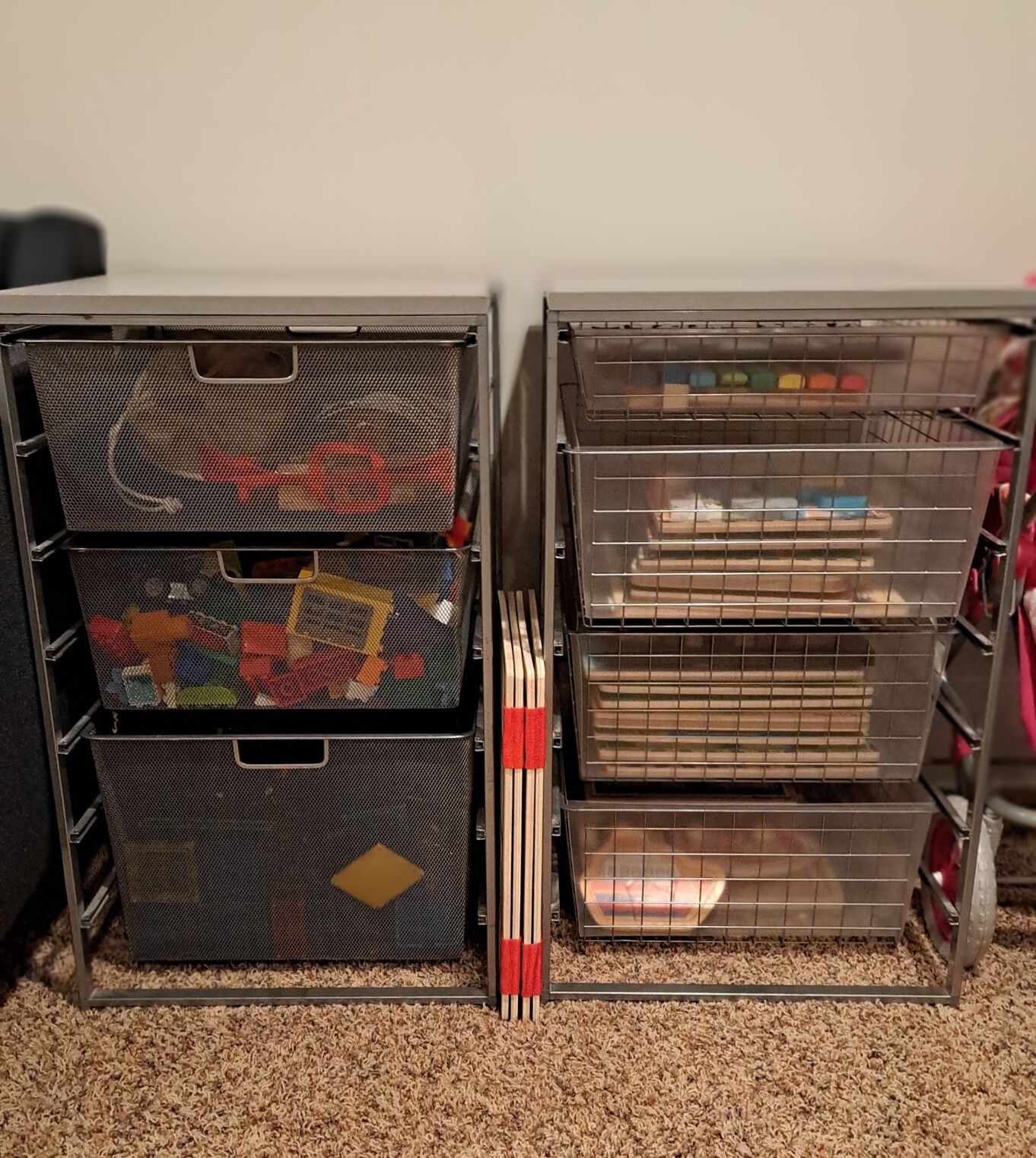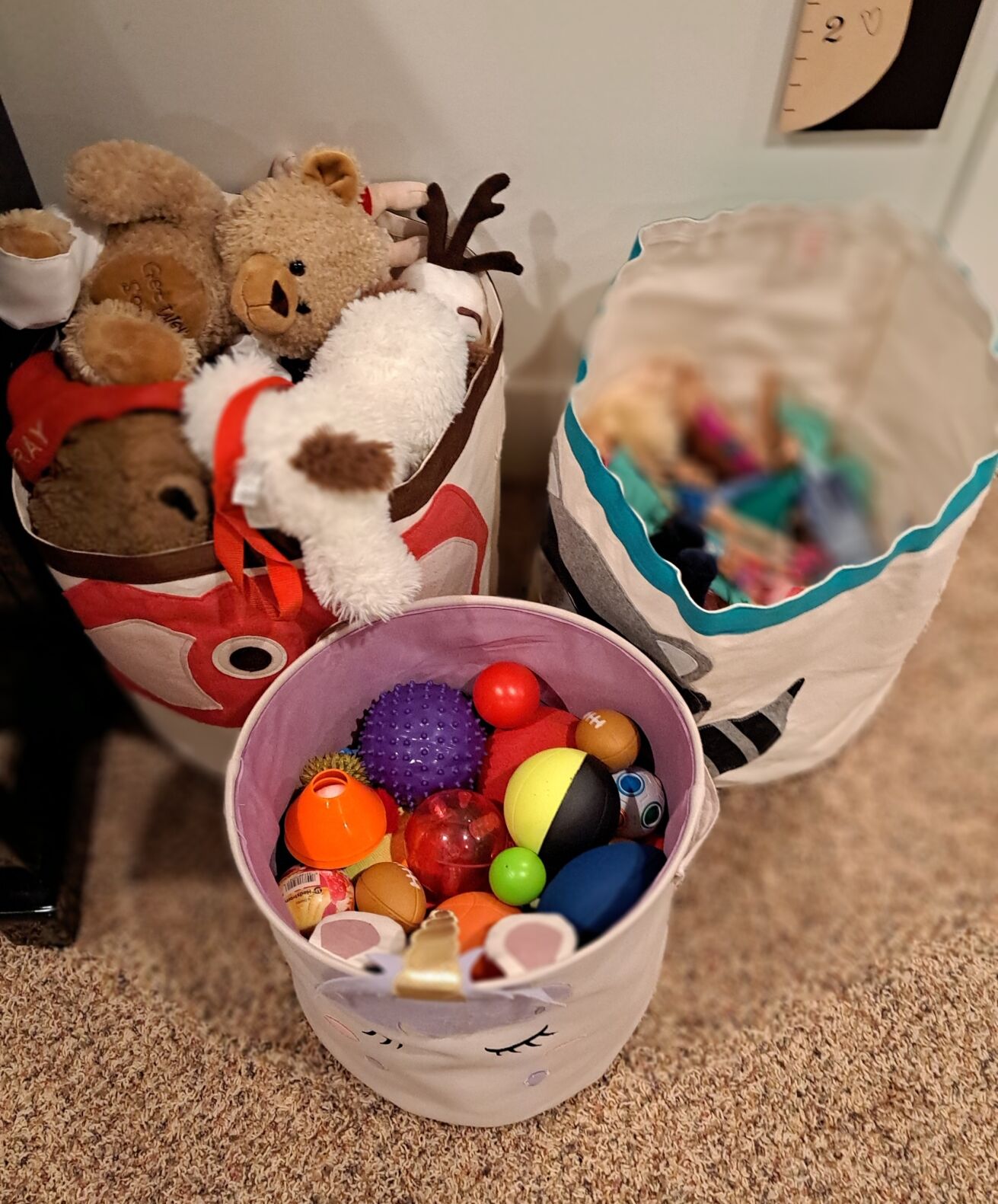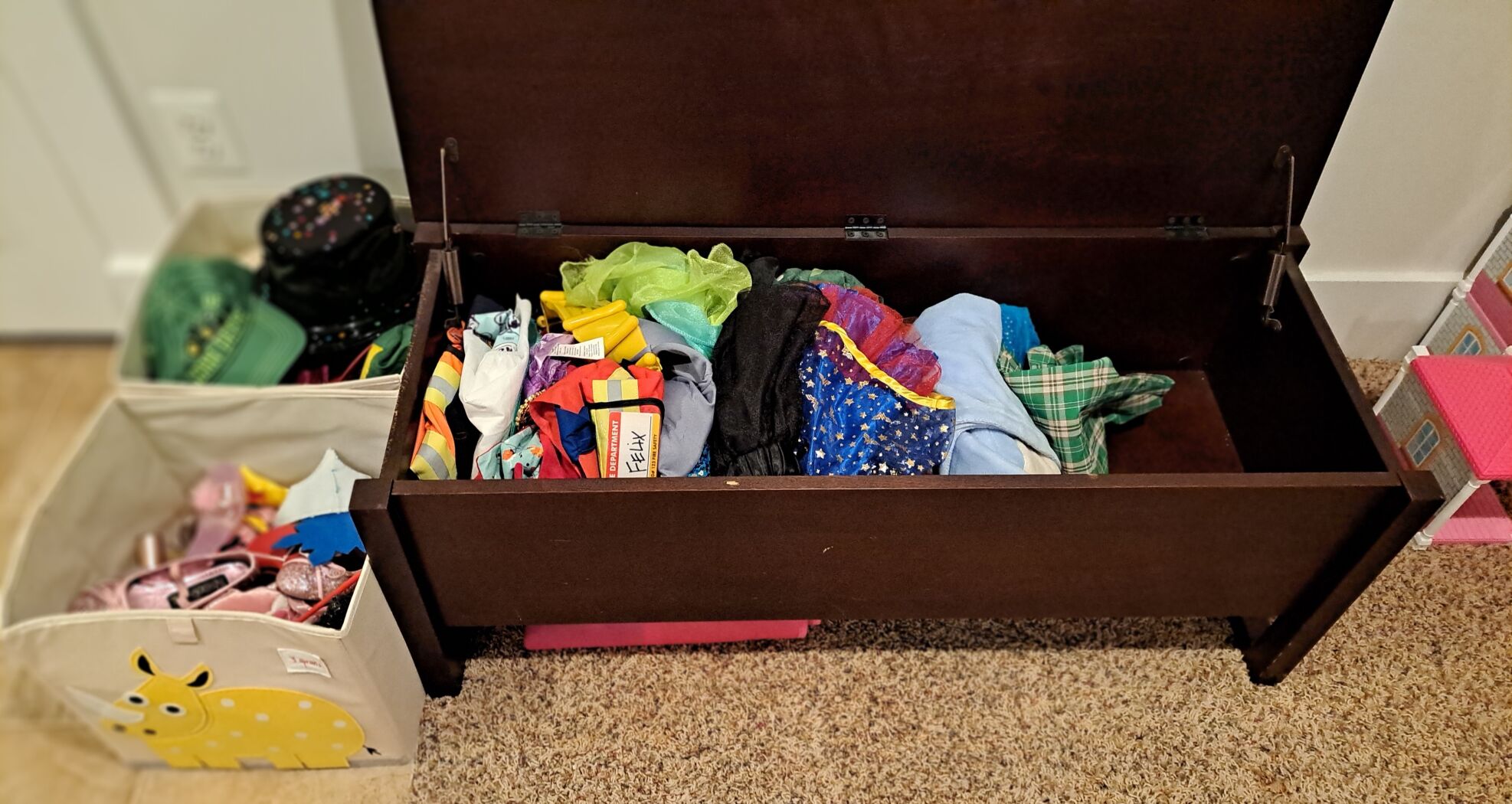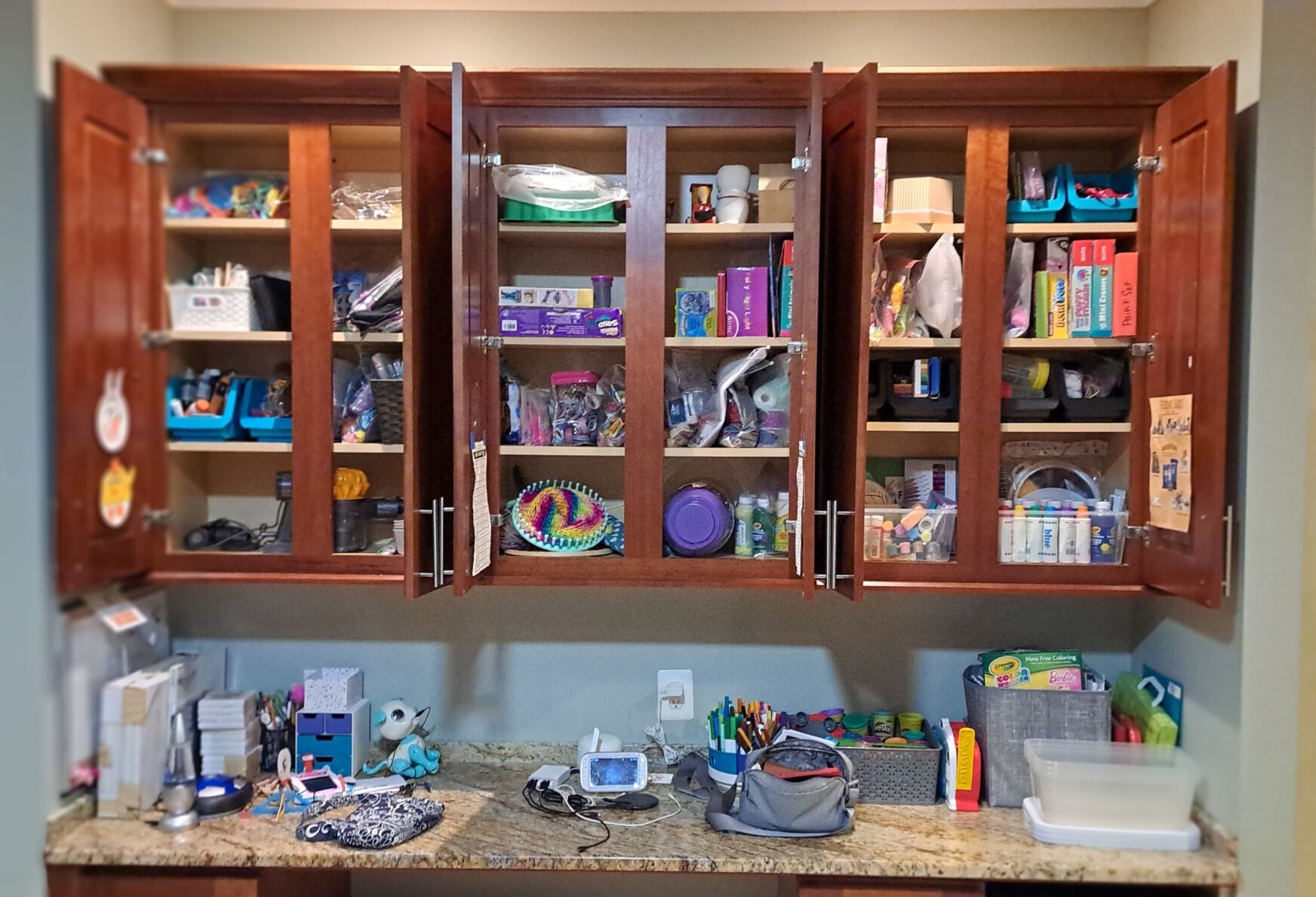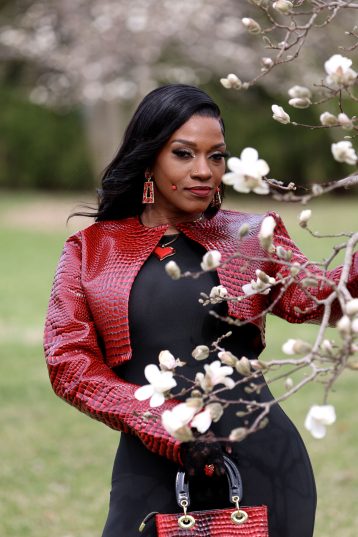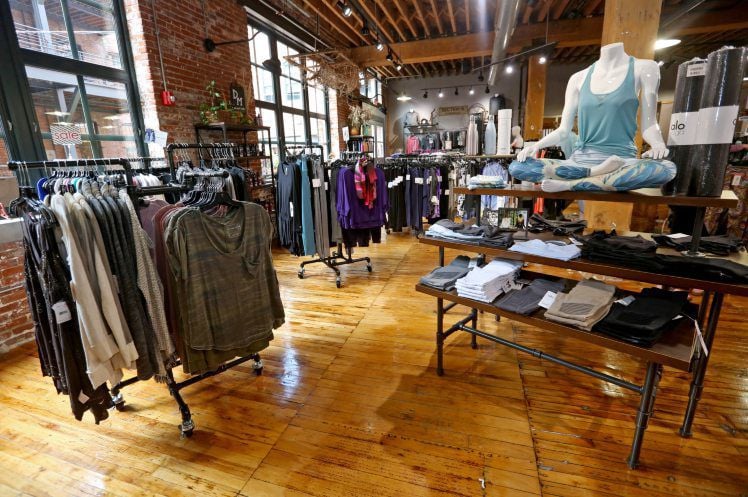A huge shout-out to all the mothers reading Her magazine.
I have an altered and informed perspective of parenting to share with you. If you are a new reader, let me emphasize. I’m single as a Pringle, with no kids.
In January, I had an amazing opportunity to work in Washington, D.C., to assist a family and tweak a few key areas in their home. We dedicated two days to this project. I worked independently, as well as with the entire family. What did I experience first hand? Parenting is exhausting. The joy, love and entertainment provided by these kiddos definitely outweighs sleep deprivation and a little chaos any day.
Our primary organizing focus was cabinets that housed the kids creative items, as well as the basement play area. The final outcome and visual satisfaction of an improved space is never ending and provides a lot of encouragement to maintain and accomplish more.
I also organized the mother-in-law suite, adding my personal touch to the guest and linen closets, bathroom cabinet, as well as the kitchenette.
This is an expansive home, with four finished floors.
During my initial tour, I had to stay laser-focused on the task at hand. I was calculating my approach to every square inch of space.
I begin every project with a similar approach by suggesting elements to maximize wall space, tips to gather and group like items, and ways to designate appropriate-sized bags and containers.
Up-sizing bins and totes allows us to contain current items, as well as dedicate room for growth.
When selecting bins, totes and containers, evaluate the transparency, size, shape and density (soft or hard), as well as if a lid is needed. I highly recommend sticking with a few key sizes and brands to make sure empty bins stack and store easily.
Purchase containers for specific items. Don’t purchase containers with the intention to find stuff to put in them.
Lastly, remember when the containers are full, we need the strength to move them. Large containers = lots of weight. There is no reason to create a storage challenge with our storage solutions.
When something new enters the home, something old should be removed. This means physically removing old item(s) from the home or relocating to a long- term storage area for items used less frequently (not all never-used items have to go).
While we evaluate our short- and long-term storage spaces, we need to acknowledge that the size and shape of our items vary as well. One challenge I see frequently is people trying to store too much stuff in containers or spaces that just don’t make sense or accommodate the size of items.
Professional organizers easily can identify these challenges and offer customized solutions.
Hopefully, new items invited into our home should be used — now. If you are purchasing items for later use and are challenged by the amount of storage space, you might want to evaluate your shopping habits as this likely is the root of the problem.
Regardless of who you are, the size of your home or the amount of possessions you have, I suggest starting with our everyday spaces.
• Kitchen.
• Entry way.
• Laundry room.
• Closets and linen storage.
• Bathrooms.
The feeling of accomplishment, even in one small space, will encourage us to keep at it.
• How much stuff do we need?
• How many duplicates are too many?
• What do I do when I run out of storage space?
Before you begin an organizing project, either on your own or with a professional, eliminate as much packaging as possible.
• Bags.
• Boxes.
• Molds.
• Stuffing.
I get it. It’s not ideal to remove everything from its packaging, but most of it’s shipping, marketing-related and takes up too much space.
The power of a Sharpie (write contents/expiration date on bag) and a scissors (cut out cooking instructions) can be a huge space savor.
If you retain boxed items for gifts, store boxes vertically vs. horizontally. Also, mimic the store and place duplicate items front to back or left to right to maintain inventory and accessibility.
Moms and dads — your takeaway:
• Start in our everyday spaces.
• Remove as much packaging as possible.
• Choose storage containers based on specific items.
• Allow room to grow on shelves and in bins.
• When something new comes in, something old should go out.
Jessi Bushman is a professional organizer, member of the Iowa Professional Organizers Association and owner of Organizer Jessi in Dubuque. Visit her at organizerjessi.com.

